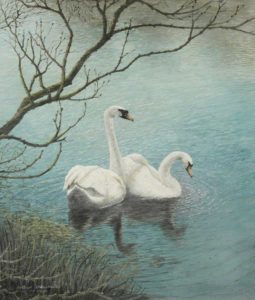
Arthur Newbould (active 1991–1997)
Princess of Wales Community Hospital
A group of swans is a wedge when they’re in flight, likely because of the shape a group of swans takes in flight. And while we can call a group of swans a bevy, a herd, a game, or a flight, they can only be a bank when they’re on the ground. Merriam-Webster
But there’s more:
a gaggle of swans
a whiteness of swans
a herd of swans
an eyrar of swans
a gargle of swans – British Birdlovers
And yet more:
A team, lamentation, drift, whiting, ballet and regatta. All swans.
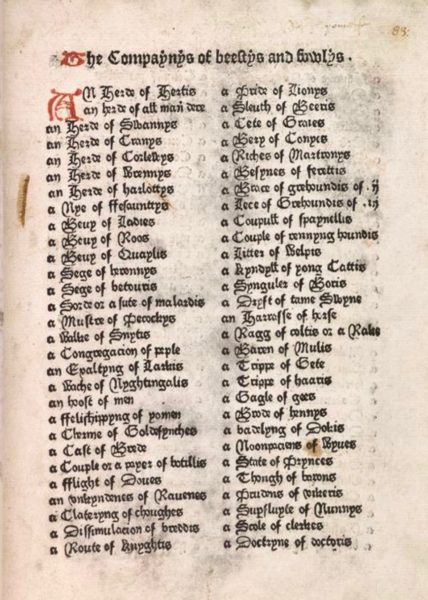
So what’s with these fanciful collective nouns for birds? A charm of goldfinches, a murmuration of starlings, a murder of crows and a paddling of ducks (when on water) and all the rest?
Many of these collective nouns come from the 15th century when codified books of courtesy – guides for the nobility – were popular. Helpful linguistic table manners for the rich to help separate them from the common folk.
The 1486 Book of St. Albans is also known as the Book of hawking, hunting and heraldry. It was a handbook with detailed information on field sports, venery and heraldry.
Among the contents was a most useful list of the social hierarchy of birds all named with their equivalent rank of nobility. An eagle for an emperor, a kestrel for a knave. Is it any wonder that the English have such finely honed ability to discern class distinctions? It’s just natural (history), innit?
The Book of St Albans is the first English book with popular rhymes, and the first book with color-printed woodcut illustrations – in red, blue, and occasionally gold.
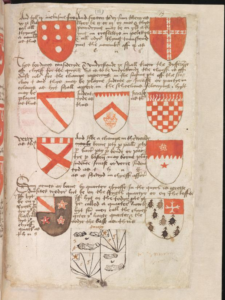 In the Middle Ages, the town of St Albans had a thriving monastery and scriptorium. (The collective term for monks is an abominable sight.)
In the Middle Ages, the town of St Albans had a thriving monastery and scriptorium. (The collective term for monks is an abominable sight.)
The monks founded a print shop that was active from 1480 to 1486 and published eight books, of which the Book of hawking, hunting and heraldry was the last and most ambitious.
The hunting section is attributed to Dame Juliana Berners (born 1388), the Prioress of Sopwell Priory near St Albans. It contains a list of 164 collective nouns titled “The Compaynys of Beestys and Fowlys.” It’s not confined to animals though. There are many trades, professions and human groups among the beasts and fowls suggesting the author had a playful sense of humor and whimsical invention. Here’s a selection:
an abominable sight of monks
a melody of harpers
a poverty of pipers
a blast of hunters
a tabernacle of bakers
a diligence of messengers
a feast of brewers
a goring of butchers
an observance of hermits
a tabernacle of bakers
a prudence of vicars
a diligence of messengers
a discretion of priests
an eloquence of lawyers
a drunkenship of cobblers
a proud showing of tailors
a skulk of thieves
As silly and arch as some of these sound now, the book served a purpose – helping the medieval gentlefolk to pass social muster. The book was popular and similar books were produced over the next century ensuring that many of these terms entered the general vocabulary.
We probably have little need to talk of a parliament of owls or a superfluity of nuns but surely we are sadly lacking in the right word to describe a group of hedge-fund managers.
And what’s the collective noun for talk show hosts, golden retrievers, drone operators, pit-bulls, podcasters and web designers? Our language needs an update. The possibilities for invention are endless.
A brace of orthodontists?
A spark of electricians?
A depth (plunge?) of plumbers?
Back to the Game of swans
Mourning, melancholy musing on mutability all fitting for an autumnal memorial service.
The Wild Swans at Coole
The trees are in their autumn beauty,
The woodland paths are dry,
Under the October twilight the water
Mirrors a still sky;
Upon the brimming water among the stones
Are nine-and-fifty swans.
The nineteenth autumn has come upon me
Since I first made my count;
I saw, before I had well finished,
All suddenly mount
And scatter wheeling in great broken rings
Upon their clamorous wings.
I have looked upon those brilliant creatures,
And now my heart is sore.
All’s changed since I, hearing at twilight,
The first time on this shore,
The bell-beat of their wings above my head,
Trod with a lighter tread.
Unwearied still, lover by lover,
They paddle in the cold
Companionable streams or climb the air;
Their hearts have not grown old;
Passion or conquest, wander where they will,
Attend upon them still.
But now they drift on the still water,
Mysterious, beautiful;
Among what rushes will they build,
By what lake’s edge or pool
Delight men’s eyes when I awake some day
To find they have flown away?
W.B.Yeats
And a photograph ideally suited for the task of illustration taken at twilight at Coole, now a nature reserve.
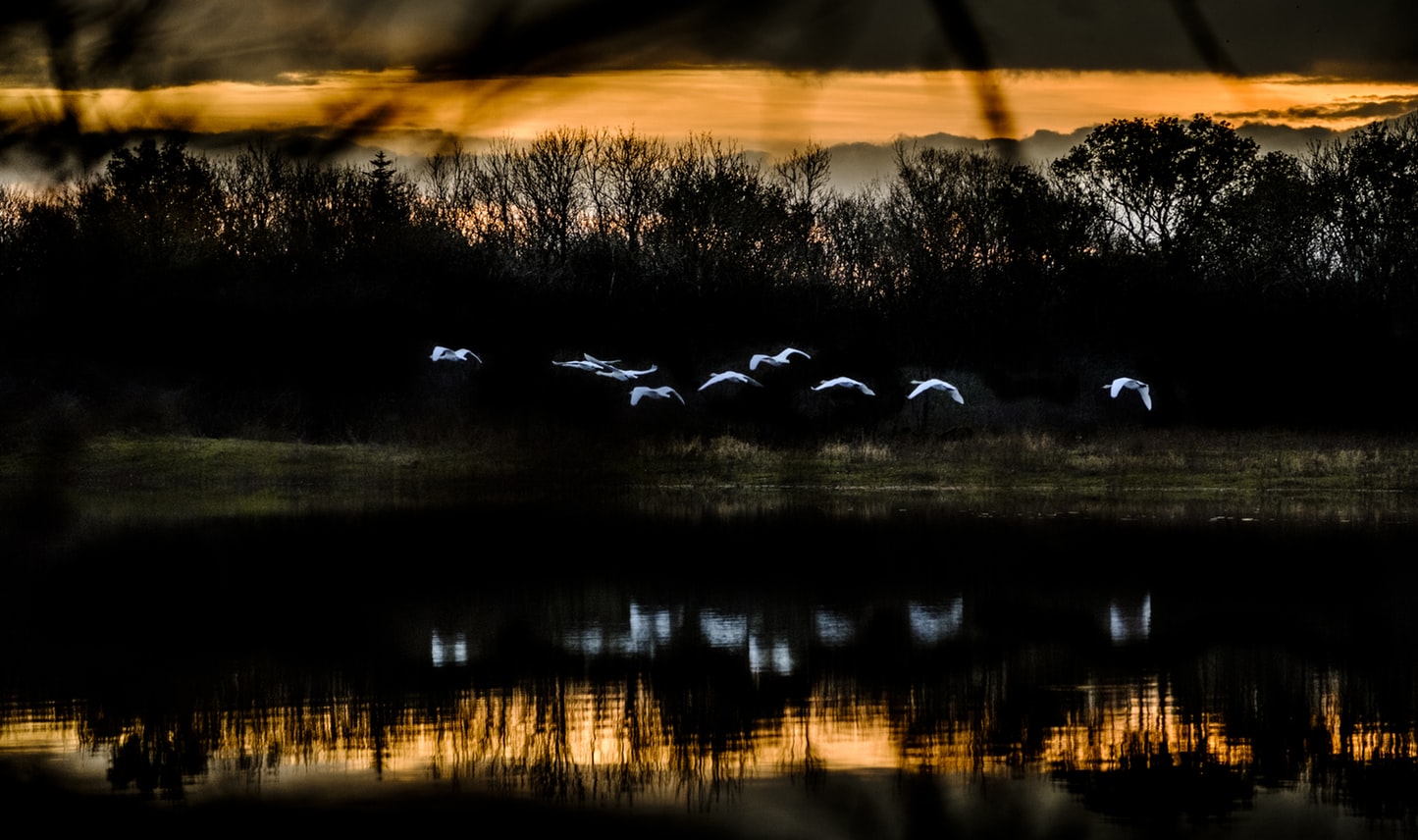 Coole Park, Coole Nature Reserve, Gort, Ireland
Coole Park, Coole Nature Reserve, Gort, Ireland
Last image of the day in Coole Park. A game of Swans passed through the air in the distance. Photo: Markus Voetter https://unsplash.com/@markusvoetter
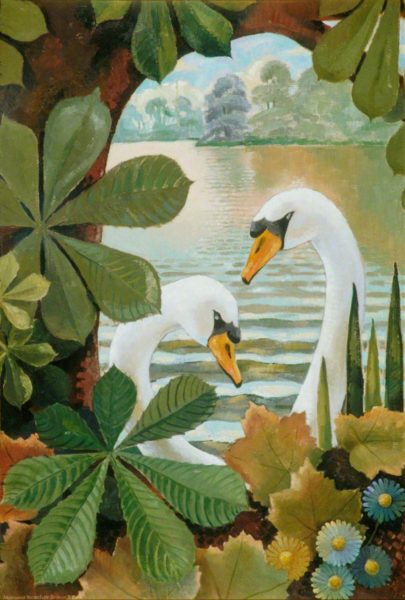

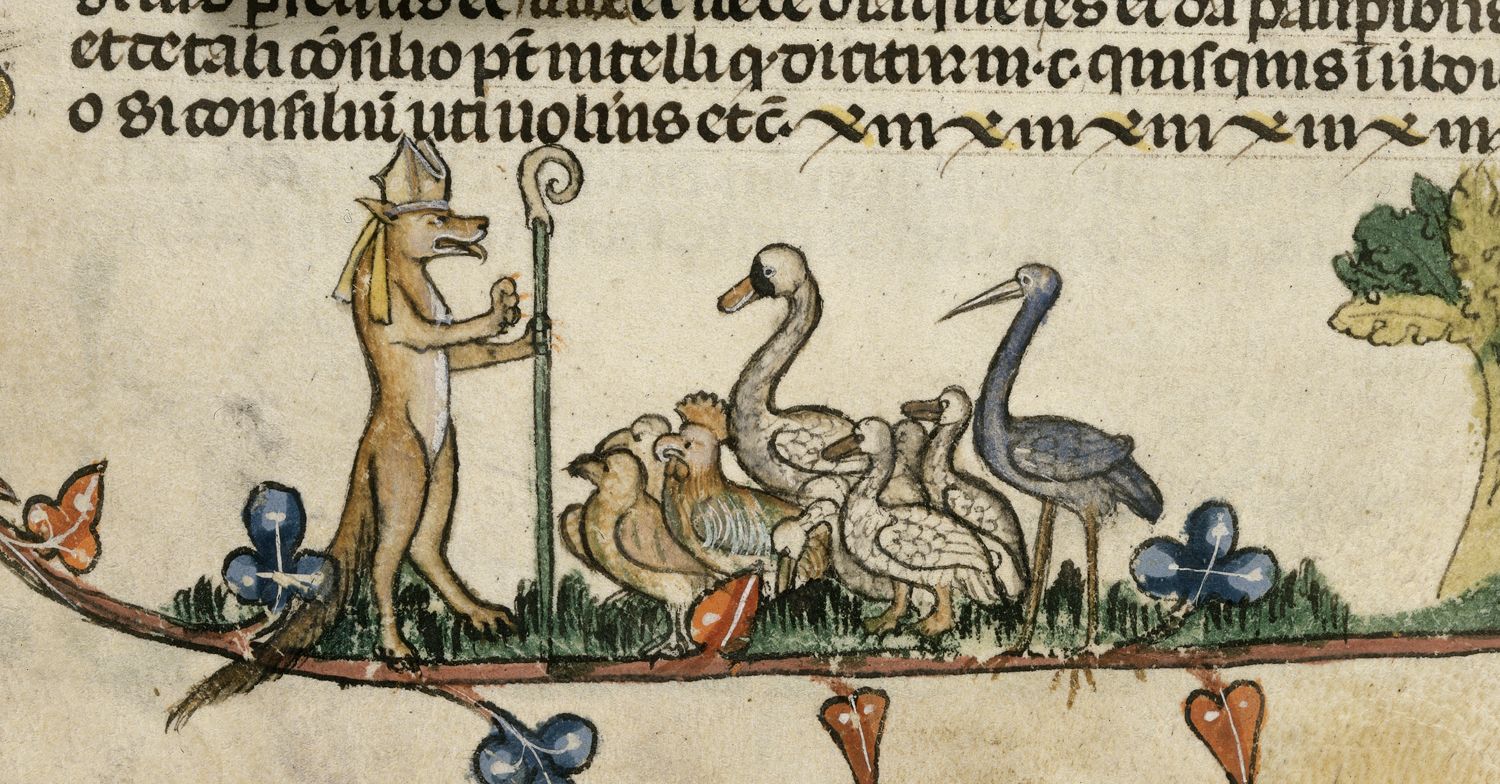
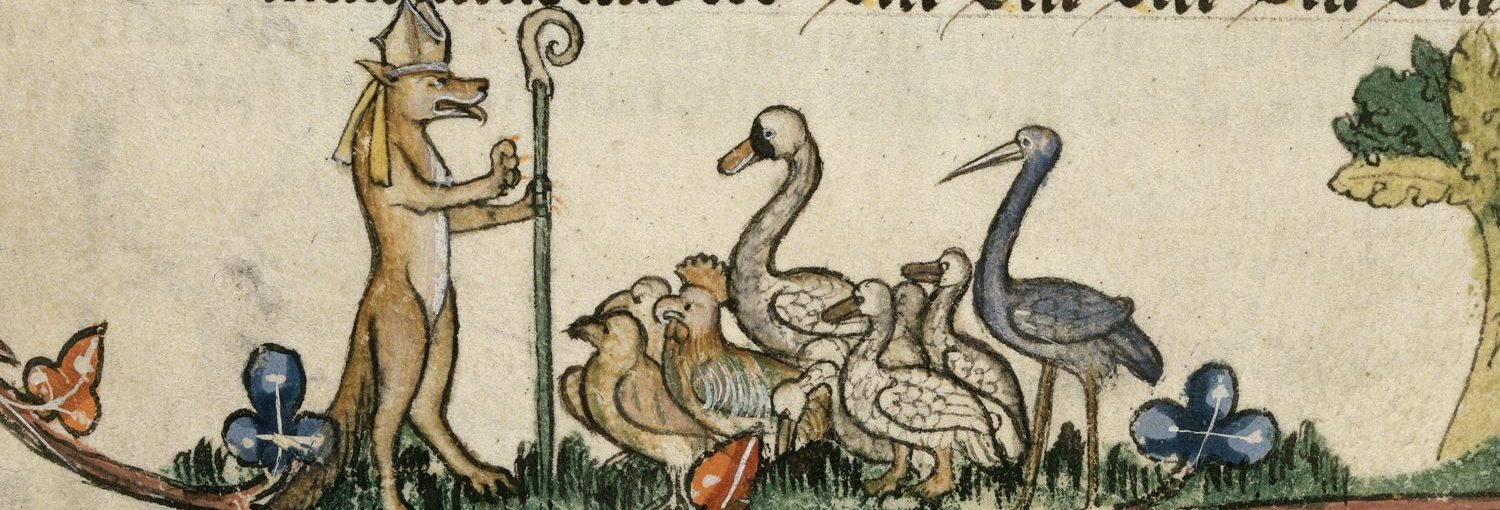


A revel of hedge fund managers? What a fascinating blog post. So interesting that the nobility needed some guidance for how to be noble… My mother has always cherished swans. We raised several as pets; so i am happy to see them featured in this post.
A whiteness of swans. How wonderful! 🦢